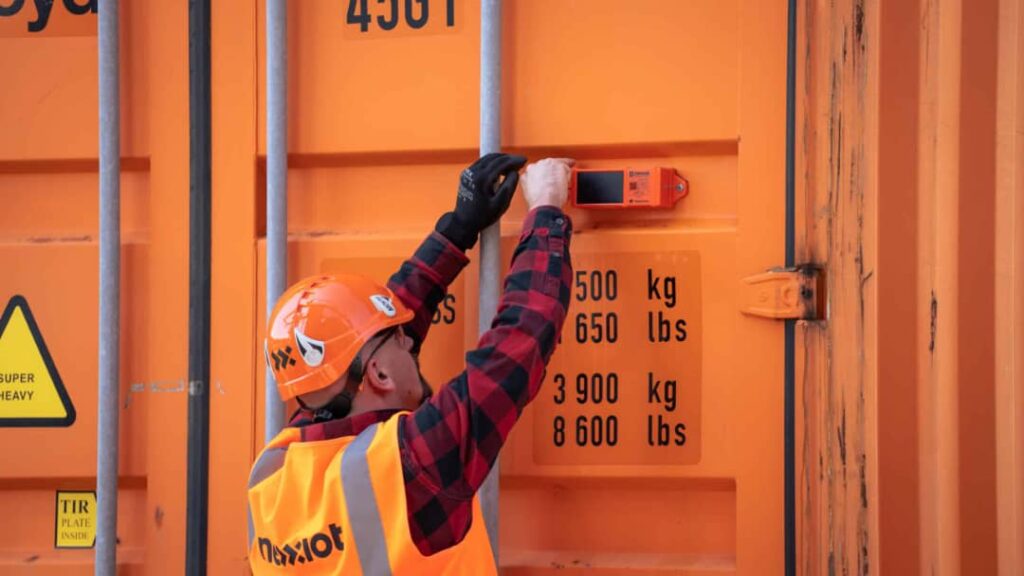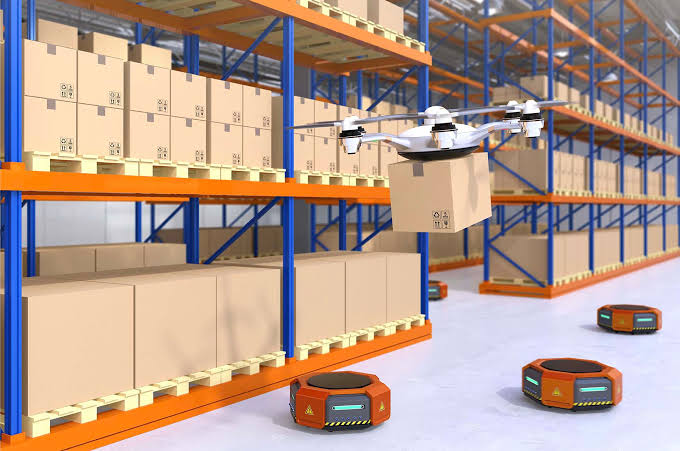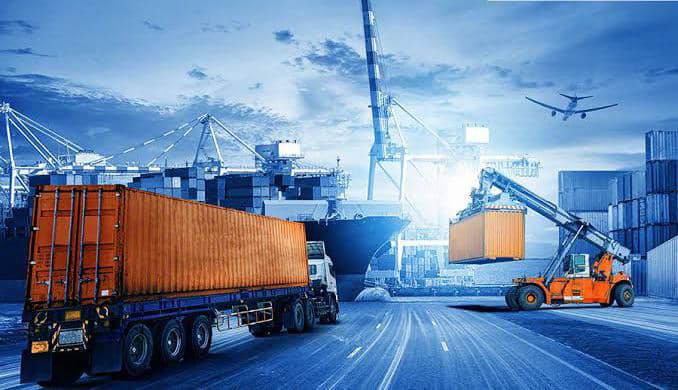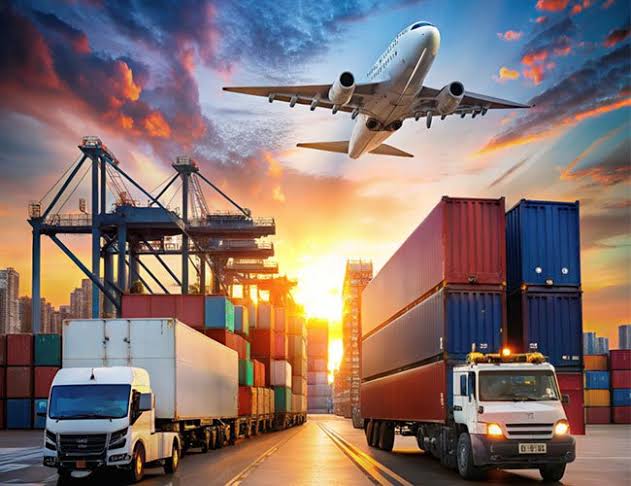The logistics sector has experienced a series of transformative changes over the past several decades—a revolution driven not by a single breakthrough but by the convergence of several innovative trends. Historically, logistics was characterized by paper-based systems, manual processes, and a heavy reliance on predictable routes and schedules. The primary focus was on cost control and physical movement of goods, with limited visibility along the supply chain. Globalization and the rapid expansion of international trade increased the complexity of the supply chain. Economic pressures and competitive markets forced players to rethink traditional models and invest in technology to streamline operations.

REVOLUTIONARY DYNAMIC THAT ARE RESHAPING LOGISTICS.
- Digital Transformation and the Rise of Smart Supply Chains and Information and Communication Technologies (ICT).
A. Enterprise Resource Planning (ERP) & Warehouse Management Systems (WMS): Modernizing core operations and integrating various functions into cohesive systems.
B. Real-Time Tracking and Visibility: Advanced GPS, RFID tags, and IoT sensors allow for real-time tracking of inventory, vehicles, and shipments, dramatically increasing transparency.
C. Predictive Analytics: Using historical data and machine learning models to forecast demand, optimize inventory levels, and mitigate risks.
D. Supply Chain Optimization: Data-driven insights help balance supply and demand, reduce lead times, and streamline operations, leading to cost savings and improved service levels.
F. Cloud Computing: Cloud-based platforms enable scalability and real-time collaboration across various parts of the supply chain, bridging the gap between physical logistics and digital information flows.

- Automation and Robotics in Warehousing and Transportation
A. Robotic Process Automation (RPA): Automating repetitive tasks such as order picking, packaging, and sorting improves efficiency and reduces errors.
B. Autonomous Mobile Robots (AMRs) and Automated Guided Vehicles (AGVs): These systems navigate warehouses, reducing human labor and speeding up the movement of goods within facilitie.
C. Autonomous Vehicles: Self-driving trucks and delivery drones are emerging as key components that promise to reduce labor costs and increase delivery speeds while addressing the shortage of skilled drivers.
D. Drones & UAVs: Particularly useful for last-mile delivery in congested urban areas or remote regions, these technologies are paving the way for faster, more precise delivery models.

- Artificial Intelligence (AI) and Machine Learning (ML).
A. Route Optimization: AI-driven systems evaluate real-time traffic data, weather conditions, and delivery urgencies to determine the most efficient routes.
B. Demand Forecasting: ML algorithms analyze vast datasets to predict consumer behavior and adjust logistics accordingly, reducing waste and optimizing inventory levels.
C. AI can predict disruptions caused by weather, political unrest, or other unforeseen events, allowing companies to proactively adjust operations.
D. Chatbots and virtual assistants help answer customer queries in real time, while AI-driven personalization enhances the overall customer experience by aligning supply chain operations with individual preferences.
- Blockchain and Enhanced Transparency.
A. Immutable Records: Blockchain technology is revolutionizing the way transactions and shipping records are maintained, ensuring authenticity and reducing the risk of fraud.
B. Smart Contracts: These self-executing contracts automatically trigger actions when predefined conditions are met, thereby reducing delays and manual processing.
C. Consumers and regulators demand greater traceability in product sourcing and manufacturing. Blockchain allows every step— from raw materials to finished goods— to be logged securely and accessed transparently.

- Sustainability and Green Logistics.
A. Electric Vehicles (EVs) and Alternative Fuels: The transportation sector is increasingly moving toward EVs and alternative fuels to reduce carbon emissions.
B. Optimized Load and Routing: Advanced algorithms ensure that transportation is as efficient as possible, reducing the environmental footprint of each shipment.
C. Circular Supply Chains: Integration of recycling and reuse practices into supply chain management is becoming common. This not only reduces waste but also drives innovation in packaging and materials handling.
- Future Trends and Impact on Global Trade
A. Internet of Things (IoT) Integration: The increasing penetration of IoT devices across the supply chain will enable even finer control over logistics processes—from monitoring temperature-sensitive cargo to managing automated warehouses efficiently.
B. Digital Twins: Creating digital replicas of physical assets, systems, or processes is now being used to simulate and optimize supply chain operations before implementation, thereby reducing errors and boosting efficiency.

C. Collaboration and Ecosystems: The future of logistics is expected to be less about isolated silos and more about integrated ecosystems where manufacturers, logistics providers, and retailers collaborate in real time through shared data platforms and coordinated strategies.
D. Resilience Against Disruption: Lessons from global disruptions, such as pandemics and geopolitical tensions, are pushing logistics companies to build more resilient and adaptive networks that can better absorb shocks and maintain operational continuity.
Conclusion: The revolution in logistics is multi-faceted driven by digital transformation, automation, AI, blockchain, and a renewed focus on sustainability. These changes are not just enhancing operational efficiency but are fundamentally reshaping global supply chains to be more agile, transparent, and resilient